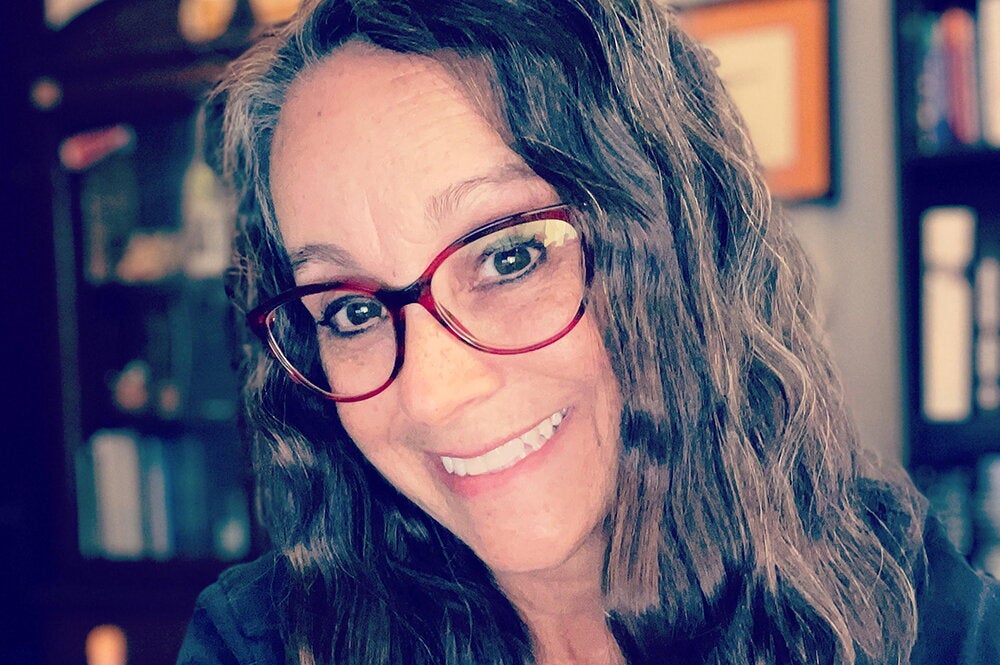

Fear stimulates my imagination.
—Advertising Executive Don Draper, Mad Men
In the battle over air freshener sales, it’s a matter of scents and cents.
When the popular odor eliminator, Febreze, hit the marketplace in the late 1990s, there was one basic fragrance, says David Whipple, an LAS alum with the parent company, consumer behemoth Procter & Gamble. Today, there are more than a dozen fragrances, including yumberry sangria, gingersnap vanilla, and glistening alpine. What’s more, scents are regionally aimed, and if you live in the southwest you’re more apt to find lavender vanilla than in the northeast.
But cents matter just as much as scents.
“Right now we’re in an environment in which the consumer is making choices based on pennies per box,” says Whipple (no relation to Procter & Gamble’s famous Charmin spokesman Mr. Whipple). “There is a tremendous amount of competitiveness.”
LAS graduates from many departments find themselves in the thick of the battle over shelf space and consumer loyalty. As just one example, you can find chemical and biomolecular engineering graduates working on an array of everyday products, from chocolate Altoids, DiGiorno pizza, and Lays Stax to Budweiser, Cottonelle tissue, and liquid Clorox.
Chemical and biomolecular engineering students also make a good example because they fill roles throughout the process, starting in the lab. For instance, 2004 graduate Shawnee Wilson works in Nalco Chemical Company’s research and development lab coming up with new chemical processes for paper production.
Whipple, meanwhile, is based in Procter & Gamble’s St. Louis office, and is in project management—“spending dollars at the plant to ensure you get the equipment you need in the time frame you need it.” His U of I classmate, Komal Doshi, a 2003 grad, works for Procter & Gamble as well, and her role is in process development—converting plants to handle new formulations of products such as Cascade dishwashing detergent.
Whipple and Doshi spent the past two years logging long hours on Cascade, which he says is on its way to becoming a billion-dollar business in the next few years. They were under a rigorous deadline to convert the product to phosphate-free without sending costs through the roof and still maintaining the product’s effectiveness—a tall order.
Fifteen states, including Illinois, had approved a July 2010 ban on phosphate-based automatic dishwasher detergents because of the impact of phosphates on lakes and rivers. The American Cleaning Council, which includes Procter & Gamble, lined up behind the shift, but this meant a major overhaul of detergents such as Cascade.
At the time, two counties in Washington State had already implemented a ban, leaving their residents with phosphate-free detergents that didn’t contain any kind of substitute for phosphates. Residents soon discovered that these detergents were cleaner for the environment, but dirtier for dishes—at least in areas where the water was hard. Many residents wound up driving out of the county to purchase their dishwasher detergents.
“The reason we always went with phosphates was because it was the most cost-efficient ‘builder,’” Whipple explains. A builder removes hard water ions, which can prevent grease removal and cause spotting on dishes.
When the move to phosphate-free detergents was approved, Cascade decided to dust off the phosphate-free formulations that the company developed in the 1990s but hadn’t put into production because of their impact on shelf costs. These formulations used “chelants” as effective substitutes for phosphates.
But the pressure was on because, as Doshi puts it, “If we couldn’t make this product by July 1, we couldn’t sell Cascade. That was stressful.”
Today, with the deadline met and the overhaul a success, Whipple and Doshi have moved on to other Procter & Gamble products. For Doshi, moving on meant moving to Brussels to work on laundry products such as Tide, Cheer, and Gain.
Over at Nalco Chemical Company, Shawnee Wilson is also searching for substitutes, though for a completely different product—paper. Her lab is looking for innovative ways to decrease the amount of virgin pulp from trees used in paper. It’s expensive to grow and harvest trees, so they are experimenting with substitutes, such as calcium carbonate, which acts as filler and reduces pulp content.
“But replacing the fiber with the filler is not a simple solution,” she says. “Reducing the total amount of fiber affects paper properties, such as reducing the paper strength. We’re developing a technology to add more filler without sacrificing the properties the paper maker desires. Basically, I’m in the lab all day, researching technologies to determine what new things can work in the market.”
Wilson’s idea of paperwork is to actually make paper. Their lab contains small-scale paper-making equipment, and they get pulp from the mills to fabricate their own sheets. They also have special equipment to test the paper for strength, roughness, porosity, and other qualities.
“It’s shocking how much is involved in making just one piece of paper,” she says. “But the biggest challenge is to constantly be one step ahead of the competition.”


